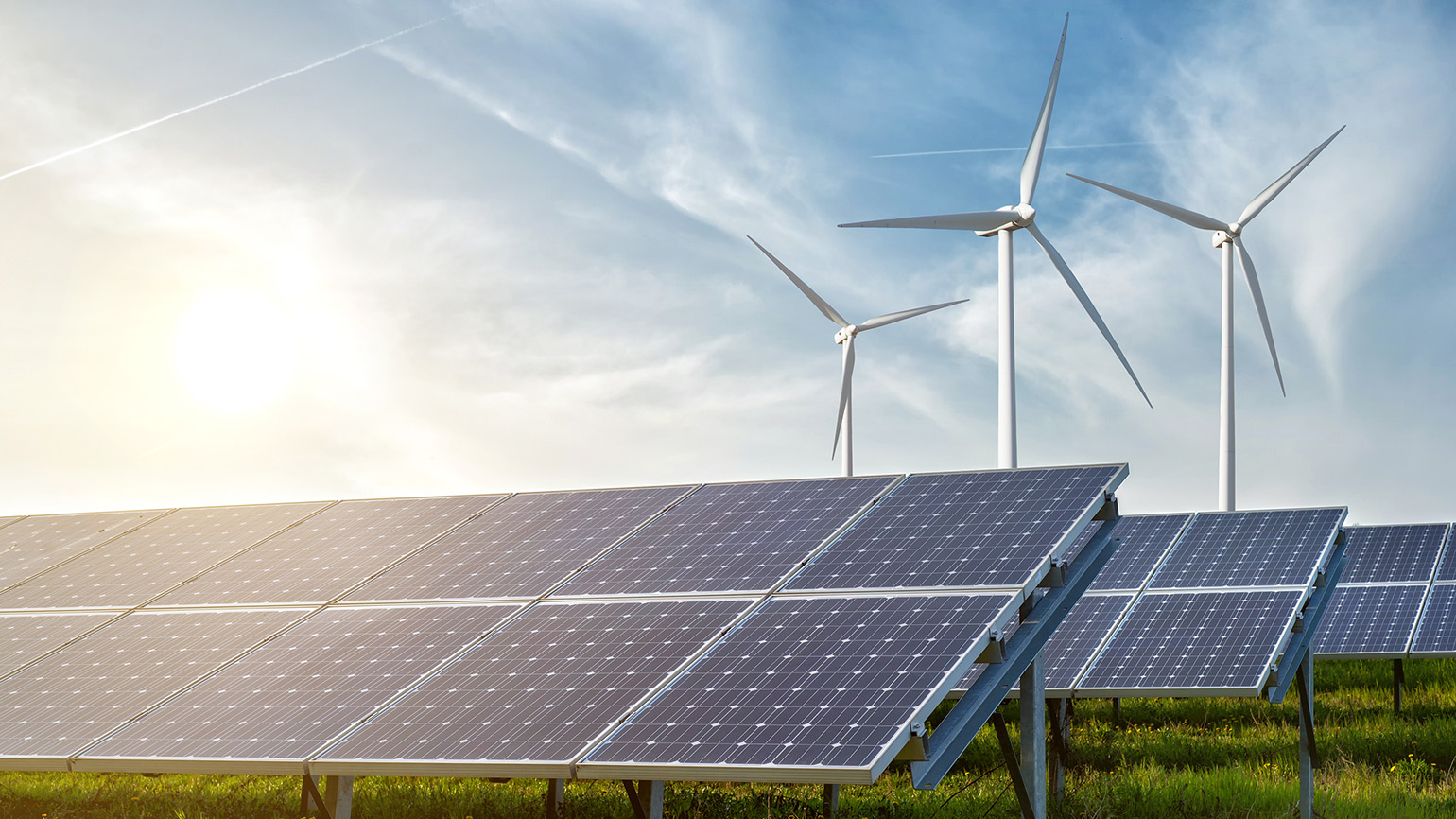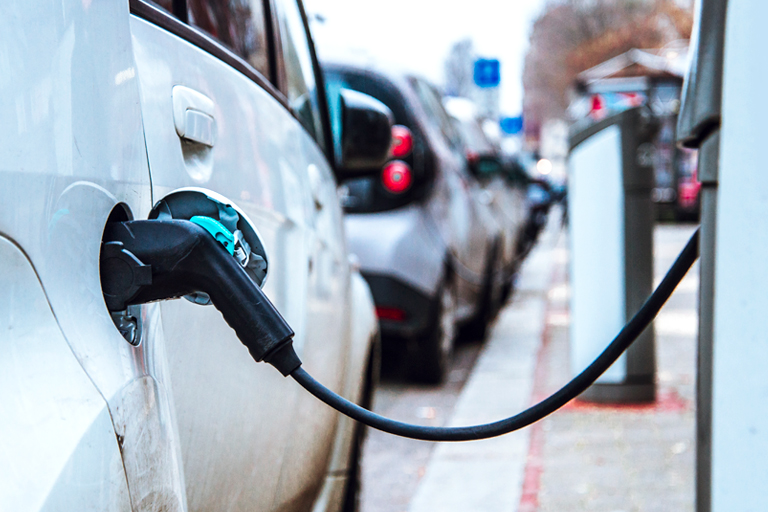Lead Batteries: An Integral Part of the Global Clean Energy Solution
28 Jul 2022

Lead batteries store energy generated by wind turbines and solar panels and can help supply electricity at EV chargers.
Experts predict the mineral requirements necessary to reach net-zero carbon goals by 2050 – to produce more electric cars, for example, and transition to more wind and solar energy generation – may be six times what is required today. Lead batteries are one of the most environmentally sustainable of all battery technologies, which makes them ideal for moving toward greener technologies, like electric vehicles (EVs).
The same battery chemistry that powered the automotive age is now helping to drive the transition to cleaner energy. These new, advanced lead batteries are helping to reduce greenhouse gases, mobilize low- to mid-income countries, and store and release renewable forms of energy.
The transportation industry is the largest contributor to greenhouse gases, according to the Environmental Protection Agency (EPA). But the adoption of more electrified vehicles will dramatically reduce this impact. Even hybrid electric cars, which combine electrification with internal combustion engines, provide dramatic reductions in greenhouse gases. Stop/start vehicles eliminate over 6 million tons of greenhouse gas emissions in the U.S. each year.
Over their lifetime, EVs produce less greenhouse gases than gasoline cars, even accounting for the electricity it takes to power them.
“Doe Run lead plays an important role in supporting the green energy revolution,” said Maggie Crocker, environmental, health and safety manager. “When you consider their 99% recycle rate, lead batteries are the most environmentally sustainable battery technology. Their safe and clean operation makes them an ideal application for technologies like carbon-free transportation and renewable energy storage. At Doe Run, more than 70% of our production is destined for the battery industry.”
Driving Electric Vehicle Adoption

It’s estimated that 100,000 fast-charging ports will be needed to support the growing EV adoption in the U.S. by 2030. The industry is piloting applications for lead batteries to support EV charging stations. The Missouri Division of Energy funded a feasibility study with the Consortium of Battery Innovation to deploy lead batteries at EV charging points at gas stations. Advanced lead battery energy storage, linked to EV charging stations, can help manage fluctuations in electricity demand charges by storing electricity when it is less costly to generate, then supplying it when drivers need to recharge.
“Lead batteries are critical to starting every car that drives our roads today. As automotive manufacturers transition to producing more EVs, lead batteries will continue to be vital to help them start, as well as provide auxiliary power for various features. We’re proud that lead will play a part in dramatically reducing the overall carbon emissions created by cars and other vehicles.”
Maggie Crocker, environmental, health and safety manager
Harnessing Natural Power
Transitioning to cleaner sources of energy will also utilize lead batteries, which are used to store energy generated by wind and solar facilities. In 2021, approximately 20% of U.S. energy generation came from renewable sources, according to the U.S. Energy Information Administration. The International Energy Agency predicts that renewable energy capacity will grow 50% faster over the next five years, especially as more utilities make significant investments in wind and solar projects to offset fossil fuels and reach net-zero carbon emissions goals by 2050.
Currently, lead batteries store power for many of these renewable wind and solar facilities. We expect to see the reliance on lead batteries increase significantly as more of these facilities are brought online in the coming years.
Similarly, lead batteries are also being used in remote, small-scale hydro-electric systems to bring clean electricity to many of the 1 billion people in areas with no access to the power grid. Since nearly 25% of the population of developing countries have no access to electricity, this application can be a game changer in bringing more modern technologies, like communications and refrigeration, to remote regions.
Leading the Way in a Circular Economy
One of the primary reasons lead batteries are considered more sustainable than other battery technologies is because of their high rate of recyclability. Approximately 99% of all lead batteries are recycled according to the EPA, yet less than 15% of lithium-ion batteries are recycled. At our Resource Recycling facility, we recycle more than 8 million batteries each year, keeping them out of landfills.
“In a circular economy model, we’re focused on how to source, use, reuse and manage materials in the most sustainable way possible,” said Maggie. “For lead batteries, this means recycling spent batteries and reusing the lead, plastic and other materials to make new batteries. A typical lead battery is made up of more than 80% recycled materials, so our product continues to live on and on, providing sustainable power to the world.”


